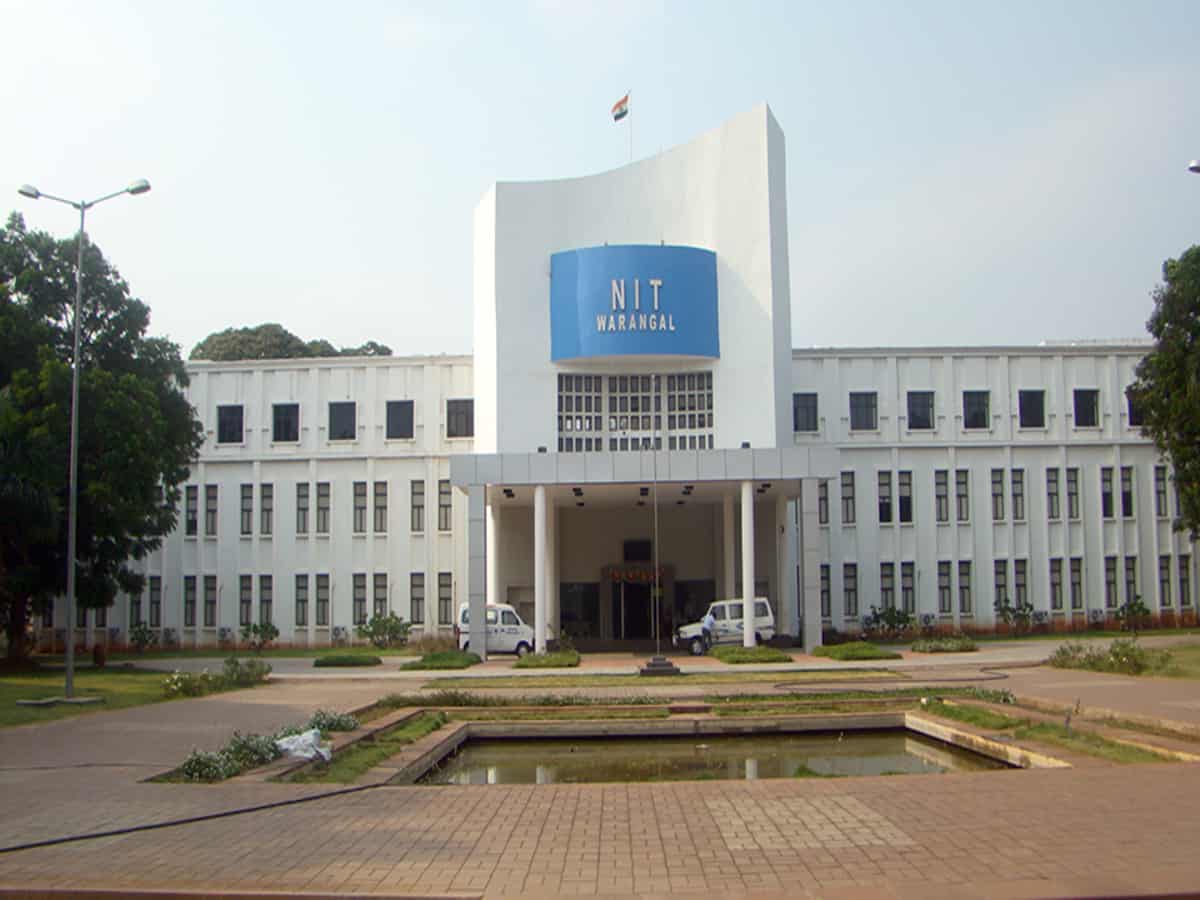
Hyderabad: Two projects, one from GHMC and another from the Indian Academy of Highway Engineers (IAHE), worth over Rs 4.5 crore, combined, were bagged by the National Institute of Technology in Warangal.
GHMC has offered the NIT, a consultancy service project to study flyovers, grade separators, new link roads and Comprehensive Road Maintenance Programmes (CRMP) under the GHMC limits.
GHMC’s project will be taken up at a cost of Rs 2.22 crore while the duration of the service is six months.
NITW faculty will have to provide consultancy services for the preparation of a Benefit Monitoring and Evaluation (BME) report of the flyovers and separators constructed under the Strategic Road Development Program (SRDP) over 30 signalized junctions, 10 significant corridors developed and maintained under Comprehensive Road Maintenance Program (CRMP) and 8 slip roads or link roads under GHMC.
Advanced transport modelling and simulation for National Highways in India has allocated the second project worth Rs 2.32 crore for three years to NIT.
This project will be sponsored by the IAHE, Union Ministry of Road Transport and Highways.
An agreement was signed between IAHE and the University of New South Wales (UNSW), Australia, for setting up a ‘Centre for Advanced Transportation Technology and Systems (CATTS)’ in IAHE.
Capacity building, technology transfer and creating an enabling environment for the establishment of CATTS will be facilitated by the project while NITW will be associated with IAHE in the CATTS as the second premier institute after IIT, Roorkee.
“NITW is supposed to assist IAHE/UNSW in the compilation of indigenous research and applications on transportation modelling and simulation, application of models developed and data collection,” said the institute’s faculty.
